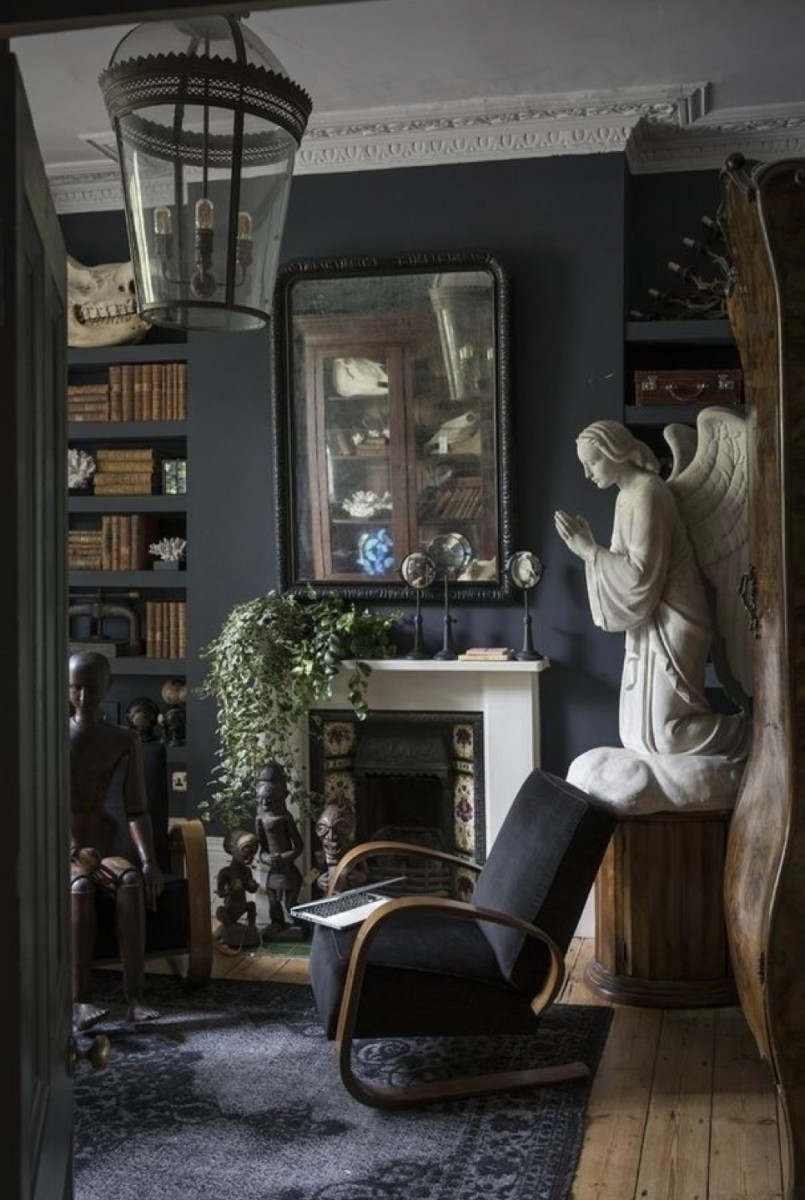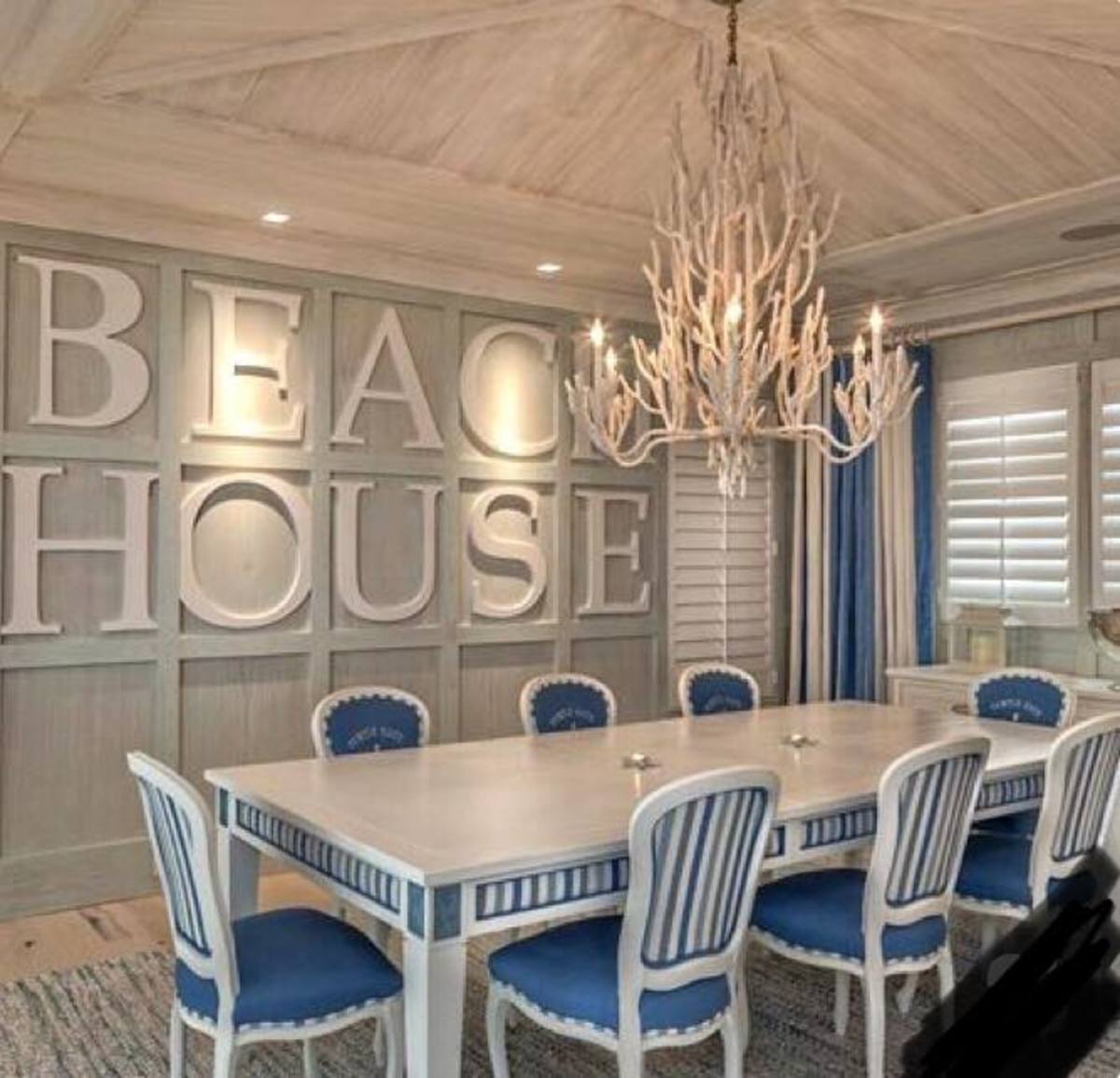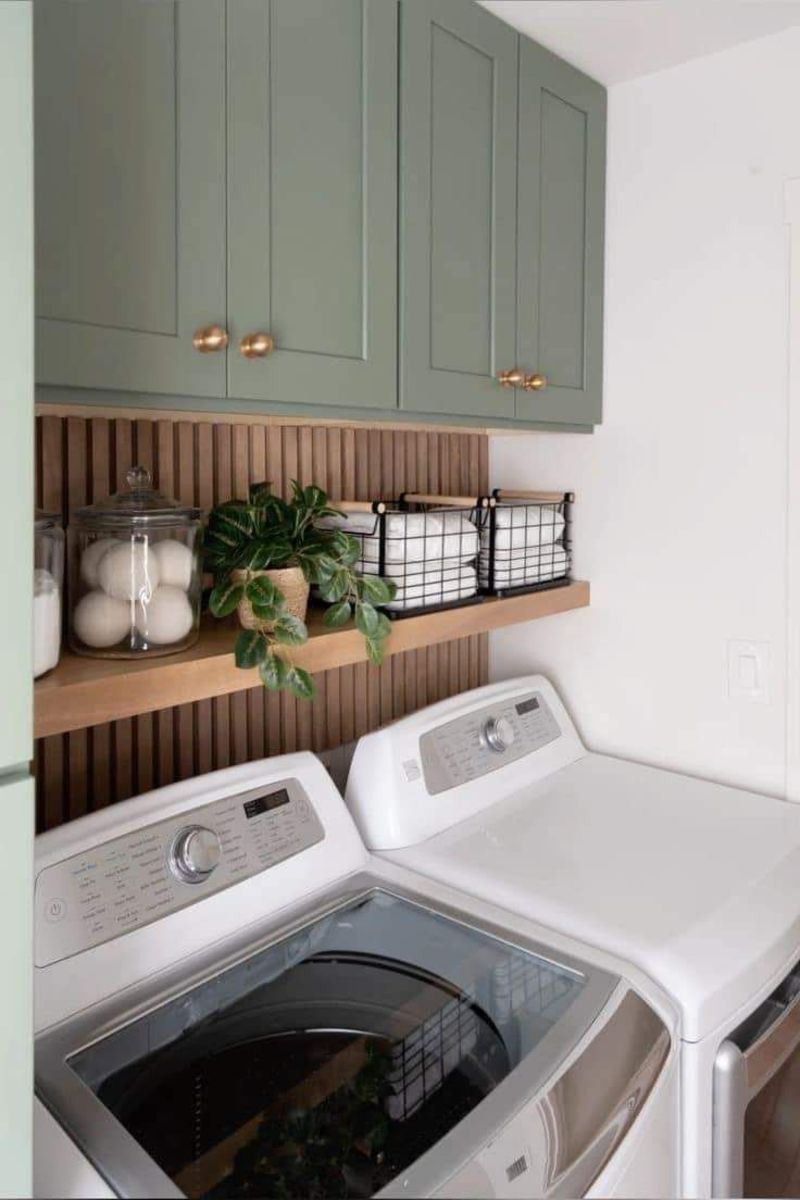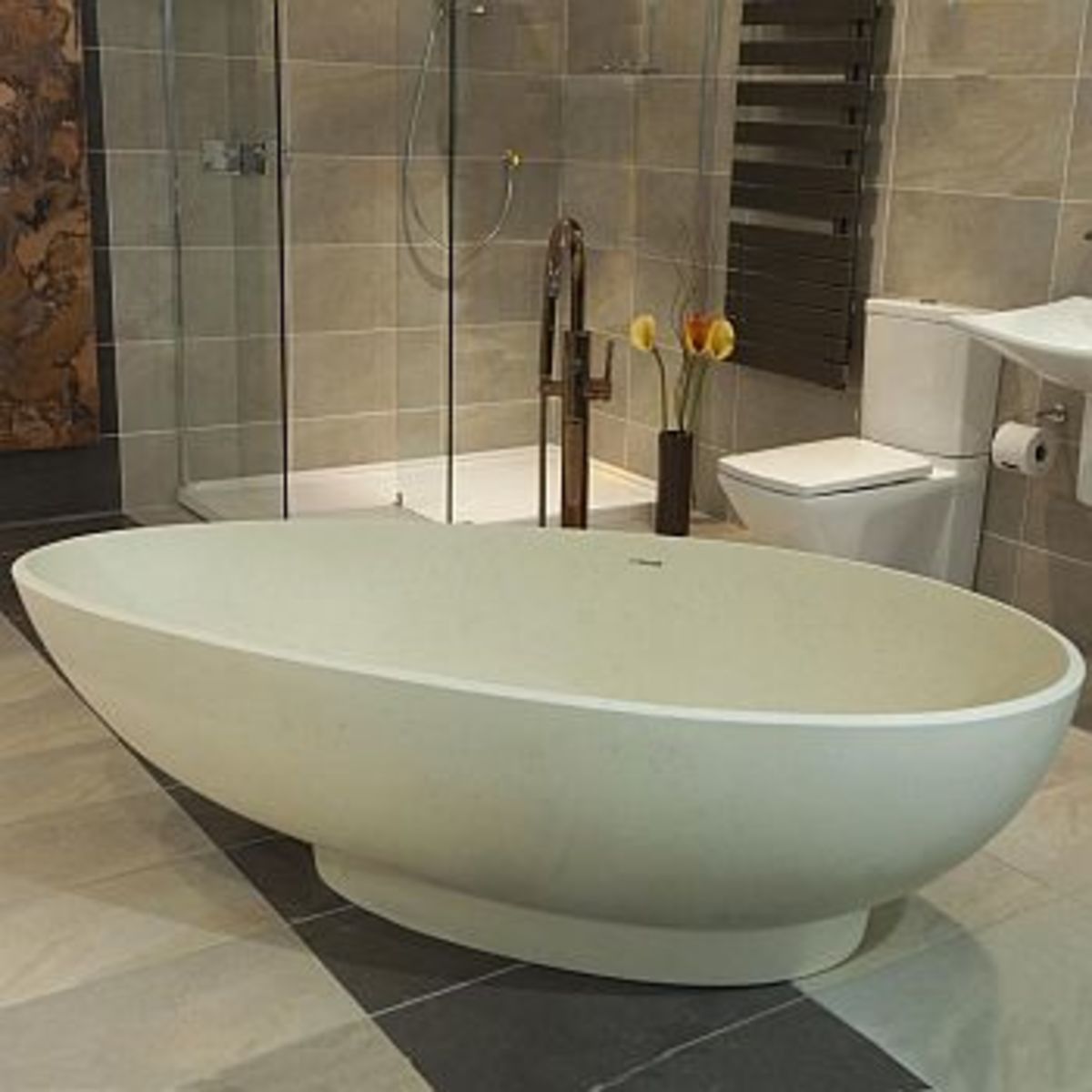What is Green Interior Design
Ethics not Aesthetics
We all have some idea about what interior design is. It is about creating a look for the interior of your house. It’s about being (what you consider at the time) stylish. Either in a contemporary, traditional, ethnic or minimal way, with interior design people try to create a theme for their house or room by their choice of furniture, fabrics, accessories, wall coverings and flooring. Interior design is a field of design that deals primarily with the aesthetic. Namely, in making choices about what is beautiful and what is ugly, about what ‘works’ visually and what doesn’t.
Green interior design (sometimes called sustainable design) on the other hand is primarily ethical. Green interior design is about what is good and what is bad for people’s health, for the environment and for saving energy. Of course fashion is a big part of green interior design BUT it is not the most important thing. The watch words of green interior design are not ‘cool’ ‘contemporary’ ‘stylish’ and ‘now’; but instead ‘sustainable’ ‘recycled’ ‘non-toxic’ ‘locally sourced’ ‘renewable’ and ‘organic’. This is a point that cannot be stressed too much – Italian leather couches might be the final word in style but a green interior designer is more concerned with whether the leather is from an organic source, whether the wood is from a sustainably managed forest, whether there was any toxin containing glues like formaldehyde used in making the furniture and what was the carbon output involved in shipping the Italian sofa from Europe.
Tenets of Green Interior Design
Since its inception in 1998 the LEED (Leadership in Energy and Environmental Design) accreditation program by the US Green Building Council (USGBC) has been the basis for green interior design. LEED is continually involving to come up with better ways of meeting its criteria. These criteria identify 5 keys areas:
Energy saving
Water efficiency
CO2 emissions reduction
Improved indoor air quality
Stewardship of resources and sensitivity to their impacts
As you can see from this list there is nothing here about fabrics to soften a room or daring uses of colour. Green interior design is about analyzing all aspects of a building’s interior – it’s parts and processes – to find ways to save energy and water, to find ways to reduce greenhouse gas emissions, to make the interior free of toxic chemicals and to use materials that are the most environmentally friendly.
I will break this introduction of green interior design into various sections for the sake of clarity.
Energy Saving Products
Saving Energy
Reducing energy bills is a central tenet of green interior design. For most homes, the main source of energy is electricity from the central power grid. The vast majority of electricity in the world is made by burning non-renewable fossil fuels. The problems with this set up are manifold. Modern industrial economies depend on oil supplies and are prepared to extract oil from anywhere including from 5,000 feet (1,500 metres) below the ocean’s surface as is the case in the recent disastrous Deepwater Horizon Spill. Now companies are looking to exploit Antarctica for its supposed oil resources. American foreign policy for decades has been focused on securing oil supplies in the Middle East. The other problem is that burning fossil fuels produces greenhouse gases that are causing climate change which is playing havoc with man’s attempts to grow food, destroying animal habitats and endangering a wide range of eco-systems. Opting to go ‘off the grid’ by installing solar panels and wind turbines is one solution. Another is to only buy green energy made from alternative energy sources. For most homes neither of these options is viable. Instead the best we can do is to reduce our energy consumption. This can be done by using a programmable thermostat, by not leaving your electrical products on stand-by, by properly insulating your house, by replacing your incandescent light bulbs with compact fluorescent light bulbs, by turning up your cooler in the summer and turning down your heater in the winter, by washing your clothes in cold water, by buying appliances with the Energy Star mark, and by doing a hundred other small things to save electricity.
Water saving products
Conserving Water
The daily requirement of water needed for drinking, cooking, bathing, sanitation and cleaning is 13.2 gallons of water per person. Yet the average American household consumes 260 gallons of water. Now factor in that 1 in 8 people in the world (884 million) lack access to safe water supplies and that every 20 seconds a child dies from a water related disease. Conserving water is the second tenet of green interior design. This can be done simply by taking shorter showers, turning the faucet off while you brush your teeth, by washing the dishes by hand, by only doing full loads of laundry. Other key strategies are to check that your faucets are not leaking – if they are replace the washers, to use a low-flow faucet aerator and a shower head with air holes to reduce the gallons per minute flow.
As the world’s population continues to grow, so will the need for more water for irrigating agricultural land continue to grow. Already 66% of all fresh water goes on irrigation. If the world’s population doubles by 2050 then it is not hard to see that water will become more precious than oil.
More About VOCs
- VOCs in the Home
List of VOCs found in home products - Eimann Fabrik VOC Free Engine Degreaser
'Low VOC', 'zero VOC' and 'VOC free' are new buzz phrases in the green blogosphere that have yet to be come fully mainstream. Most commonly the appellations are given to paints, adhesives, varnishes and paint...
Clean Indoor Air
For over 50 years industry has been polluting nature and slowly killing people. It is only recently that governments have started to put in place laws to protect people and the environment from dangerous chemicals. From a green interior design point of view the main concern is to source indoor flooring, furniture, paint and furnishings that are free of chemicals that pollute and make people sick. The main culprits are VOCs such as benzene, formaldehyde, methylene-chloride, styrene, chlorofluorocarbons and acetone. These volatile organic compounds off-gas easily and are found in a wide range of household and office products such as paint, paint thinners, glue, copier ink, marker pens, wall coverings, furniture glue, flooring glue, carpet backings, cleaning products, and nail polish remover. Green interior design is about hunting out products in a building containing these toxic chemicals and replacing them with safe alternatives. VOCs cause respiratory problems, pregnancy complications, cancer, reproductive problems and allergies as well as ground water pollution and smog. Finding furniture and flooring free of VOCs, and using VOC free paint is a key part of green interior design.
Resources
Materials
The necessity to carefully husband the world’s remaining resources means looking to use quickly renewable materials and recycled materials in indoor design. Great examples of natural materials that grow quickly without negatively impacting the environment are bamboo, rattan, water hyacinth, cork and coconut. These natural materials are easy to harvest and only take a few years to reach maturity. Hardwood trees take between 50 to 130 years to mature. They are the backbone of forest eco-systems. One of the cardinal points of green interior design is not contributing to the destruction of forests in the world. If a customer wants hardwood furniture then a green interior designer will recommend using antique furniture. If a customer wants hardwood flooring then a green interior designer will strongly suggest using wood taken from a forest managed sustainably as set out by the FSC (Forest Stewardship Council) or using reclaimed hardwood flooring. With these basics in mind the designer can then create a living space that accords with the customers notions of style and beauty.
A new covenant with the planet is needed

In Conclusion - Prevent our and the planet's conclusion
Green interior design is important for business because in the long run installing energy efficient devices saves money. This is the great incentive to ‘greening up’ buildings. For town planners and construction companies working under new guidelines to reduce CO2 emissions the ideas of LEED and green interior design are of vital importance. For anxious parents wishing to protect their children from harmful chemicals these ideas have a profound relevance. And for environmentalists seeking to protect nature from man’s reckless need for economic growth at all costs the concepts of green interior design are like seeds of hope for the future. If only people will see that superficial notions of fashion and convenience are of secondary importance to the need to protect the environment, safeguard people’s health and carefully husband what resources remain for us to use.
More relevant Hubs and sites
- What are Green Roofs
Green roofs or living roofs have been around for hundreds of years. In Scandinavia one traditional form of roof has been the sod roof where a house is half buried and turf is put on the sloping roof. By... - How to Reduce Your Home Electricity Bills
The average family in the USA spends $2,200 a year on energy bills. A lot of these dollars are wasted. This article is about what you can do to reduce the waste in electricity use in your home. - Water Supply Crisis
1.3 billion people have no access to clean water and 2.5 billion lack adequate sewage or sanitation. The demand for water doubles every 20 years. At this rate, demand for fresh water will outpace supply by 50% in less than 20 years. - planned obsolescence
For many years big business corporations have tried unsuccessfully to keep secret a policy they have to build in a lifespan into their products. - Whole Trees Architecture
Whole Trees Architecture and Construction is a small company set up by architect Roald Gundersen and his wife Amelia Baxter that builds houses and garden structures made from whole trees. - Best Buy - The Honeywell RTH8500D or the Honeywell RTH7500D Programmable Thermostat
Both the Honeywell RTH8500D 7-Day Touchscreen Programmable Thermostat and the Honeywell 7-Day Conventional Programmable Thermostat are great programmable thermostats that can help you make big savings on your energy bills. - Cork Underlayment - Best Choice For the Environment
If you are installing hardwood, bamboo, coconut or laminate flooring you are going to need underlayment. Underlayment or underlay performs three important roles. - Review of the Lux TX9100E 7-Day Programmable Thermostat
Usually a thermostat excels in one area but falls short in another. In the case of the Lux TX9100E there is very little to find fault with this programmable thermostat. - Are Feed-in Tariffs A Good Idea?
Since April 1st, 2010 people living in the UK are entitled to take advantage of a scheme that makes installing solar panels on your house or a wind turbine on your property much more affordable. - A Comparison between Strand Woven Bamboo Flooring and Coconut Flooring
Strand woven bamboo flooring and coconut flooring are both made from renewable resources and so both are examples of sustainable flooring. These two types of environmentally friendly flooring share several striking similarities. - Guide to Programmable Thermostats
There are a large number of programmable thermostats on the market. Faced with all this choice it is hard to decide. So below Ive written a guide covering some of the key things you should consider before... - Review of Reclaimed Ash Flooring
The ash tree or fraxinus is in the same genus or family as olive and lilac trees. Ash timber is popular because it has a distinctive light color, a long grain and it has an elastic quality. - About Coconut Flooring
Coconut flooring is a great example of sustainable flooring because it is made from a renewable resource. This makes coconut flooring more environmentally friendly than hardwood flooring. Coconut flooring is... - About Cork Bark and Cork Flooring
Cork has been used since ancient times. It is an incredibly versatile material that man has been using for millennia. As far back as 2500 BC the ancient Egyptians were using cork for fishing floats. - Cherry Trees and Reclaimed Cherry Flooring
The Cherry belongs to the Prunus genus which is a genus with over 430 species that include the peach, the almond and the apricot tree. - The Benefits of Installing a Honeywell RTH7500D Conventional 7-Day Programmable Thermostat
The Honeywell RTH7500D costs less than $60 and can save you more than $700 a year on heating and cooling costs. This good news for you and the environment. - Suberin in Cork Flooring
Cork is a renewable resource that makes excellent flooring. One of the reasons that cork is a good material for flooring is that it contains suberin. - Honeywell RTH8500D 7-Day Touchscreen Universal Programmable Thermostat
The Honeywell RTH8500D thermostat will save you $700 a year on heating and cooling bills. - Earthmate Compact Fluorescent Light Bulbs
Earthmate CFLs use 75% less energy than standard incandescent light bulbs and last 13 times longer. They also contain less mercury than any other brand of compact fluorescent light bulb. - Why Do So many People Have Allergies?
Over 55% of Americans test positive for one or more allergies. Modern living is making us sick. The only solution is to green up your house or home. - The Problem With Trying to Legislate a Revolution
The most important ideology to emerge over the last few years is environmentalism. The Green movement has progressed since the early 1980s when the first successful Green party appeared in Germany. - Green Cleaning: alternatives to normal detergents
It is hard to be as happy as the woman above when you have a mountain of laundry to do. Even with a washing machine it often seems a chore. The modern housewife relies on technology to help make her life... - Why You Should Buy Reclaimed Hardwood Flooring
One and a half acres of rain forest are lost every second. That is, to put it mildly, an unsustainable rate of consumption of the planet's most necessary species of flora. - Conflicting Green Issues
Green is the new black. Everything should be green and environmentally friendly. Sustainability, recycling, off-setting, renewable energy, environmental certification, local sourcing and carbon footprint are...










